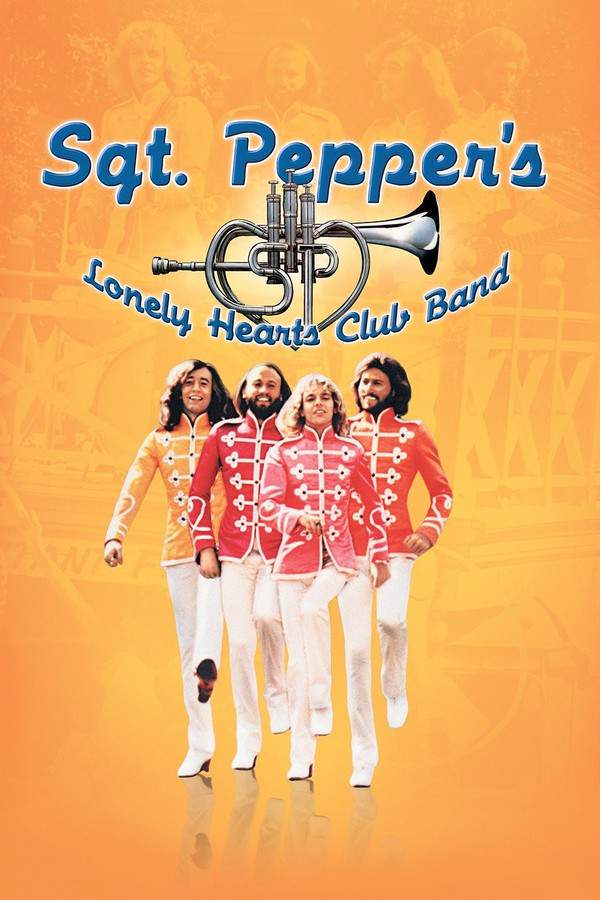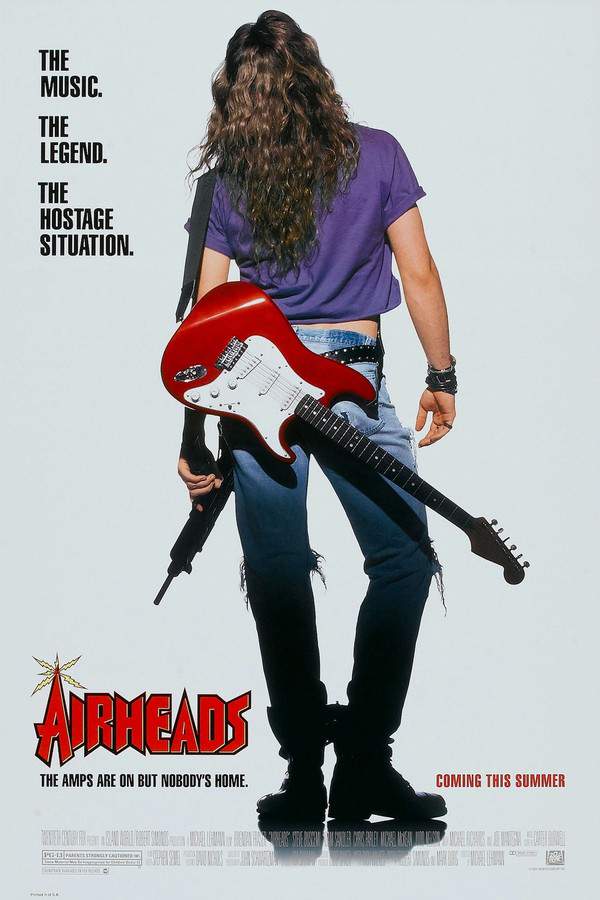
Head
Year: 1968
Runtime: 86 mins
Language: English
Following the Monkees in a surreal, free‑form sequel to their TV series, the band wanders through a string of musical set pieces and quirky vignettes. Guided only by John Brockman’s therapist, the sequences blend humor with anti‑establishment commentary, creating a whimsical, off‑beat portrait of pop‑culture rebellion.
Warning: spoilers below!
Haven’t seen Head yet? This summary contains major spoilers. Bookmark the page, watch the movie, and come back for the full breakdown. If you're ready, scroll on and relive the story!
Head (1968) – Full Plot Summary & Ending Explained
Read the complete plot breakdown of Head (1968), including all key story events, major twists, and the ending explained in detail. Discover what really happened—and what it all means.
Head opens with the dedication of a bridge, setting a tone that is at once ceremonial and mischievously subversive. As a local politician wrestles with his microphone during the speech, the scene erupts into a riot of sound and chaos: the wacky, fun-loving Monkees—Micky Dolenz, Davy Jones, Peter Tork, and Michael Nesmith—burst through the gathered officials, their entrance punctuated by horns, sirens, and the kind of carefree anarchy that would become the film’s signature gesture. This blistering opening action reframes the movie as a collage of moments rather than a single, straightforward narrative, signaling that we are about to ride through a series of loosely connected chapters rather than follow a conventional plot.
Earlier in the film, the four have just shared a kiss with the same groupie who quips that they’re indistinguishable, a line that slyly undercuts any sense of distinct personalities within a famous quartet. From there, the film unfolds as a kaleidoscopic procession of scenes, each one a different type of movie: a mystery, a war story, a western, a desert adventure, and more, all stitched together by the same live-wire energy that made the Monkees famous. In every segment, the four cope with the paradox of being four real people in a real band who also exist as scripted figures performing precisely what the director wants them to do.
They continually push against the boundaries of their own reality, trying to prove they can exercise genuine choice outside the frame. Yet the drumbeat of the script keeps guiding their words and actions, revealing a labyrinth where freedom appears perpetually out of reach. Their experiments are many: deliberately flubbing lines from the TV show, pointing out to other characters that they are really actors making a movie, voicing complaints to the producers—Jack Nicholson, on set but not part of the film, and Bob Rafelson, likewise present as a self-aware force behind the scenes—smashing through painted paper walls, walking off the set and into street scenes, and even physically lashing out at other actors. All of these acts are designed to test agency, and all of them underscore a larger truth: the screenplay and the director’s control shape every decision.
As pursuit and chaos mount, the Monkees discover a disturbing pattern: their every gesture, every quip, every collision with another character is scripted down to the finest detail. They are chased not only by the people they’ve disrupted but by the sense that they are trapped within a manufactured reality that won’t yield true autonomy. In their bid for escape, they surge onto a bridge, pushing others aside in a rush of desperate urgency. The moment of crisis reveals a grim twist: they leap and fall, seemingly choosing suicide as an ultimate break from manipulation.
But even that act is revealed to be another layer of the script. The camera lingers on their drenched, inert bodies, and the director—a controlling presence behind the entire production—drags them away into an enormous aquarium. There, their bodies float, glass enclosing them as they stare back with blank, almost clinical expressions. The director then wheels the aquarium into a studio warehouse, slotting it into place to be pulled out and reused for another project whenever the need arises. The film leaves us with a haunting final image: a chorus of puppets, the four on-screen selves, forever ready to be reassembled for another tale at the director’s whim, a stark meditation on creativity, consent, and the performative nature of cinema.
Last Updated: October 09, 2025 at 12:38
Unlock the Full Story of Head
Don't stop at just watching — explore Head in full detail. From the complete plot summary and scene-by-scene timeline to character breakdowns, thematic analysis, and a deep dive into the ending — every page helps you truly understand what Head is all about. Plus, discover what's next after the movie.
Head Timeline
Track the full timeline of Head with every major event arranged chronologically. Perfect for decoding non-linear storytelling, flashbacks, or parallel narratives with a clear scene-by-scene breakdown.

Similar Movies to Head
Discover movies like Head that share similar genres, themes, and storytelling elements. Whether you’re drawn to the atmosphere, character arcs, or plot structure, these curated recommendations will help you explore more films you’ll love.
Explore More About Movie Head
Head (1968) Scene-by-Scene Movie Timeline
Head (1968) Movie Characters, Themes & Settings
Head (1968) Spoiler-Free Summary & Key Flow
Movies Like Head – Similar Titles You’ll Enjoy
200 Motels (1971) Story Summary & Characters
Sgt. Pepper's Lonely Hearts Club Band (1978) Plot Summary & Ending Explained
Beatlemania (1981) Spoiler-Packed Plot Recap
A Hard Day’s Night (1964) Complete Plot Breakdown
The Rutles: All You Need Is Cash (1978) Full Movie Breakdown
Magical Mystery Tour (1967) Ending Explained & Film Insights
Daydream Believers: The Monkees’ Story (2000) Detailed Story Recap
FM (1978) Spoiler-Packed Plot Recap
Voyage of the Rock Aliens (1984) Story Summary & Characters
Head South (2024) Story Summary & Characters
Airheads (1994) Complete Plot Breakdown
I Wanna Hold Your Hand (1978) Story Summary & Characters
Live It Up! (1963) Story Summary & Characters
Hold On! (1966) Spoiler-Packed Plot Recap
The Head Guy (1930) Plot Summary & Ending Explained

















